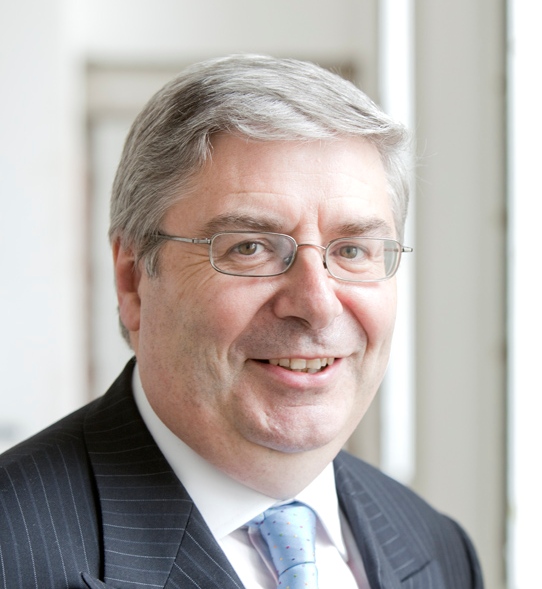Science doesn’t stand still. CERN – “the world’s greatest experiment” – is in the news for three reasons at the moment. Most importantly, five years after the the large Hadron Collider, buried deep under the border between Switzerland, started to reveal the fundamental building blocks of our universe, plans were announced by scientists at a meeting on ‘Future Circular Colliders’ in Geneva this month for the next “super-collider”, which would be four times as strong and would be built in an underground tunnel 100km long. Given that the current collider, built by the European Organisation for Nuclear Research (CERN) cost £6bn , the cost of a new collider in a 100km tunnel is likely to run to tens of billions of pounds.. However the current collider is anticipated to go out of service in 2040, it is time to start planning as the planning and construction time for a new accelerator will be decades. Scientists are due to report to CERN on what should be built in 2018. If agreed, it could take another 15 years to build the new collider.
Meanwhile, at the Science Museum in London is an “immersive experience” of being inside CERN. The show combines theatre, video and sound art with objects from CERN itself to recreate a visit to the laboratory, “to witness the uncovering of the Higgs boson, explore the 27-km collider and its cathedral-sized detector caverns, and discover how studying the subatomic world can point the way to a fuller understanding of our universe”.
“See history being made. Meet engineers who build the impossible. Walk the tunnels of CERN. Stand in the heart of a collision. Witness a moment of discovery. Step inside the world’s greatest experiment.”
Also this month, Andri Pol has published a book of photographs with Lars Muller Publishers of the research environment inside CERN which is the working home of over 2,512 physicists, engineers, researchers and other staff. It is good to see the human touches and apparent random clutter and papers at this most technologically-advanced research centre.









[…] CERN in Geneva is the largest particle physics research laboratory in the world, with the UK being one of the 22 European collaborators. Some of the science has arrived in London in the polished high-tech installations of South Korean artist Yunchil Kim contrasting with the old-fashioned world of Northumberland Avenue outside the Korean Cultural Centre (KCCUK) as the futuristic installations face out to the unsuspecting passers-by outside. […]